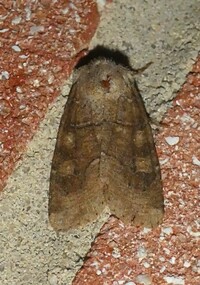
| Recorded by: Simpson Eason on 2025-04-29
Durham Co.
Comment: | 
| Recorded by: Emily Stanley on 2025-04-25
Buncombe Co.
Comment: |
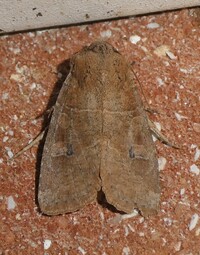
| Recorded by: Simpson Eason on 2025-03-31
Durham Co.
Comment: | 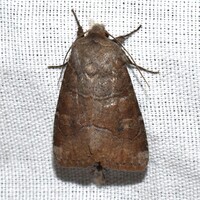
| Recorded by: David George, Jeff Niznik, Rich Teper on 2025-03-28
Chatham Co.
Comment: |
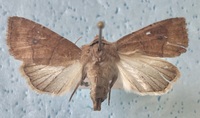
| Recorded by: Darryl Willis on 2024-04-20
Cabarrus Co.
Comment: | 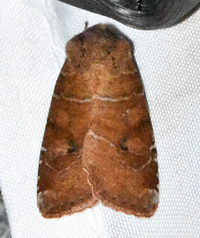
| Recorded by: Emily L Stanley on 2023-04-19
Yancey Co.
Comment: |
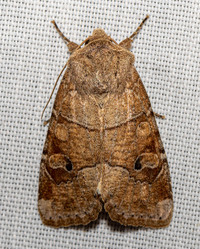
| Recorded by: Stephen Hall on 2023-03-25
Orange Co.
Comment: | 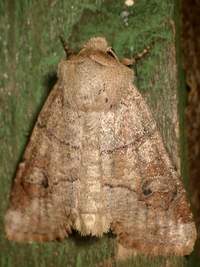
| Recorded by: tom ward on 2022-05-01
Buncombe Co.
Comment: |
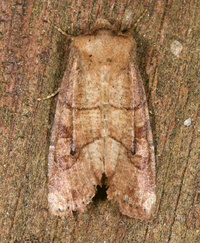
| Recorded by: Jim Petranka on 2022-04-30
Madison Co.
Comment: | 
| Recorded by: tom ward on 2021-05-08
Buncombe Co.
Comment: |

| Recorded by: Darryl Willis on 2021-04-22
Cabarrus Co.
Comment: | 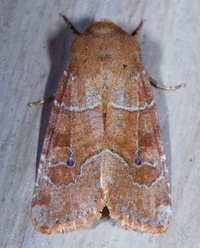
| Recorded by: Jim Petranka and Becky Elkin on 2020-04-11
Madison Co.
Comment: |
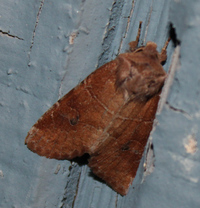
| Recorded by: Vin Stanton on 2020-04-09
Buncombe Co.
Comment: | 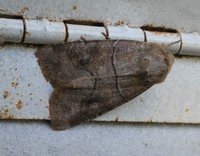
| Recorded by: Simpson Eason on 2020-04-04
Durham Co.
Comment: |

| Recorded by: Gary Maness on 2020-03-28
Guilford Co.
Comment: | 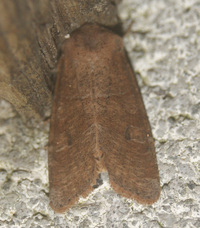
| Recorded by: Vin Stanton on 2019-05-01
Buncombe Co.
Comment: |
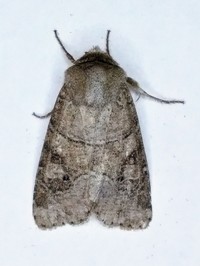
| Recorded by: Gary Maness on 2019-04-25
Guilford Co.
Comment: | 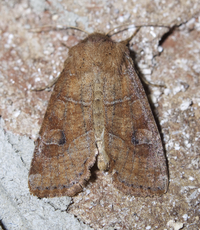
| Recorded by: Jim Petranka and Becky Elkin on 2018-05-10
Madison Co.
Comment: |
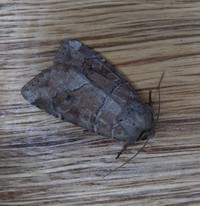
| Recorded by: Gary Maness on 2018-04-05
Guilford Co.
Comment: | 
| Recorded by: Gary Maness on 2018-04-05
Guilford Co.
Comment: |
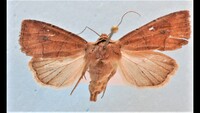
| Recorded by: Darryl Willis on 2015-04-21
Cabarrus Co.
Comment: | 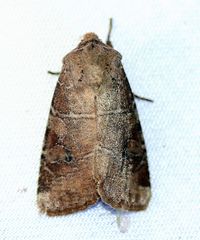
| Recorded by: Paul Scharf on 2015-04-08
Warren Co.
Comment: |

| Recorded by: Paul Scharf on 2015-04-08
Warren Co.
Comment: | 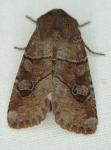
| Recorded by: T. DeSantis on 2015-04-01
Durham Co.
Comment: |
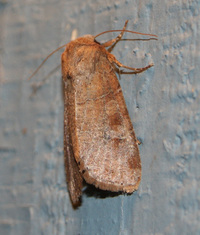
| Recorded by: Vin Stanton on 2011-04-23
Buncombe Co.
Comment: | 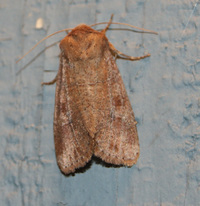
| Recorded by: Vin Stanton on 2011-04-23
Buncombe Co.
Comment: |

| Recorded by: Taylor Piephoff on 2010-04-11
Mecklenburg Co.
Comment: | 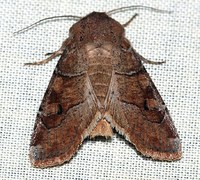
| Recorded by: Paul Scharf on 2010-04-05
Warren Co.
Comment: |
|

 »
»



 »
»

